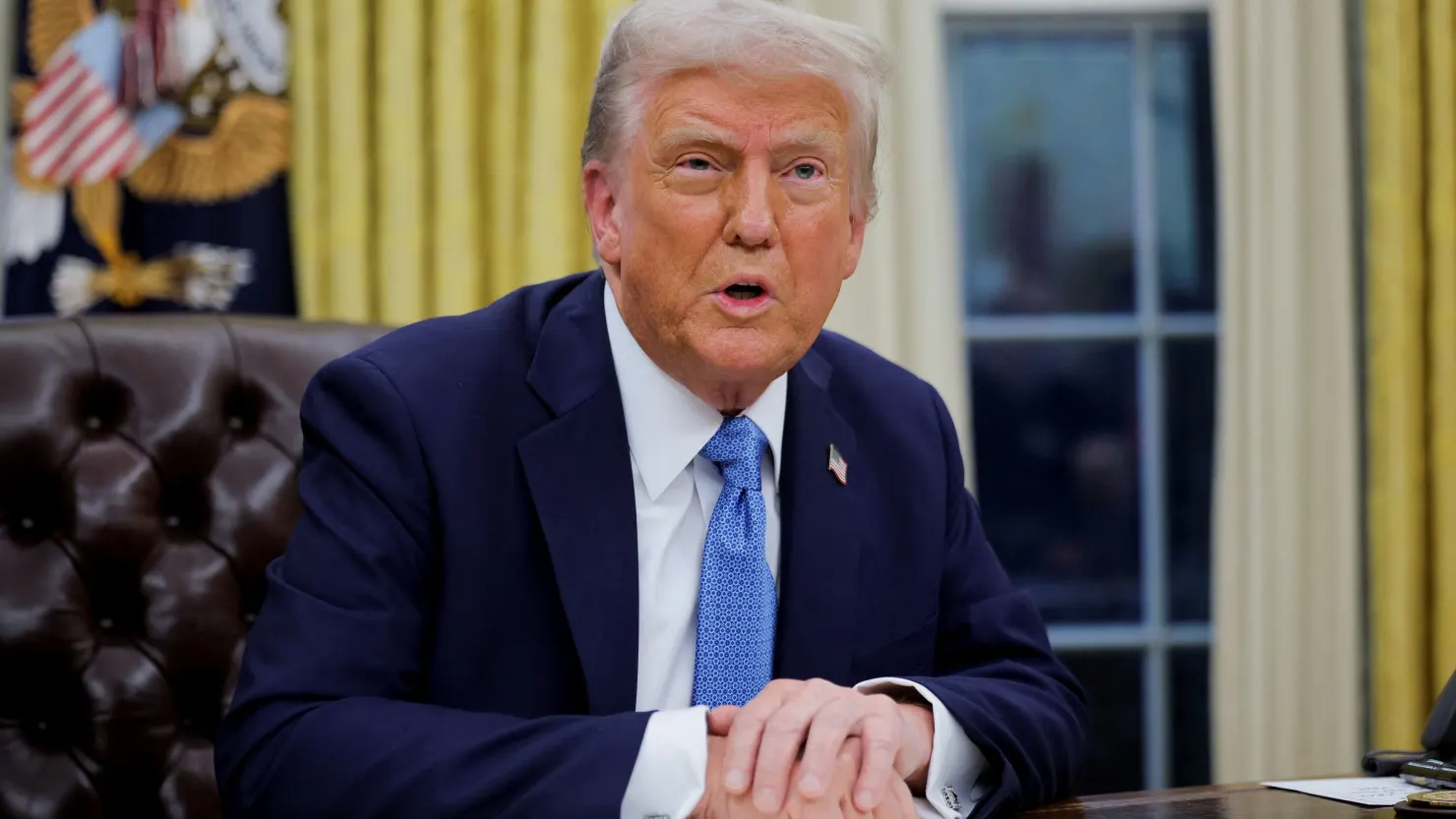16/09/2024
Why AI is a game-changer for fashion brands?
Virtual models rack up hundreds of interactions on social media, teaming up with human models for brand endorsements. Customers can snap pictures of themselves and dress their custom avatars however they like.
In a world where AI is everywhere, the fashion industry is embracing this technology in exciting new ways. McKinsey analysts believe that generative AI could add between $150 billion to $275 billion in profits to the fashion industry by 2030. To better understand this trend, we will explore the technologies that change the game for fashion houses.
Real-time trend tracking
AI-driven trend forecasting is reforming the fashion industry, entitling brands to make informed, data-based decisions. These powerful AI algorithms not only track trends by analyzing data from social networks, digital media, online searches, and fashion events, but also dive deep into understanding customer preferences and shopping habits. Industry giants like WGSN, Peclers, and Trend Stop are leveraging AI to stay ahead of the curve, delivering precise predictions that guide the creation of collections and business strategies. And it’s not just trend forecasting companies; fashion leaders like H&M and Zara are also embracing AI to revamp their supply chains and anticipate shoppers’ desire. H&M’s 200-strong team of data scientists analyzes shopping behavior to fine-tune products, while Zara uses AI to spot emerging styles and adjust its marketing and production to meet demand.
Image Search and Recognition with Computer Vision
Computer vision technology can analyze images to identify the style, color, pattern, and shape of an item and then compare it with products in stock. It can also be integrated into virtual try-on tools, allowing consumers to see how a product will look on them before making a purchase.
Companies like Pinterest and Amazon are leveraging computer vision to enhance customer experiences. Pinterest’s “Lens” feature allows users to upload or take photos of objects and receive relevant suggestions, including outfit recommendations.
Amazon enables customers to upload images, and its AI-powered tool finds similar styles on the platform, considering factors like brand, price, and user preferences. Image search is also driving major changes with augmented reality (AR) technology. Nike’s “Nike Fit” app uses augmented reality (AR) to scan customers’ feet via smartphone cameras and provides accurate shoe sizing through a 13-point measurement system. The more people use the app, the more data it gathers, leading to improved size recommendations, reducing return rates, and boosting profits.
Meanwhile, fashion tech startup 3Dlook specializes in realistic virtual fitting room technology, allowing customers to visualize clothing on their body shapes.

Virtual try-on technology creates a 3D avatar of the customer’s body, enabling them to virtually try on clothes and choose the most suitable size and style – Photo by 3DLOOK
Supply Chain and Inventory Management Reform
Managing a supply chain in the fashion industry can feel like navigating a stormy sea – demand and trends are often unpredictable, leading to either excess stock or empty shelves. AI has changed the game as more businesses integrate AI into Enterprise Resource Planning (ERP) or Product Lifecycle Management (PLM) systems. Brands can automatically track and analyse inventory, gaining real-time insights and making smarter resourcing decisions based on historical sales data and demand forecasts.
Adidas is a prime example of embracing AI-powered inventory management to refine its supply chain. With a decentralised supply chain structure and AI analytics, the corporation ensures the products land in the right places with minimal waste. Their SPEEDFACTORY initiative, though concluded in 2020, demonstrated how automation and predictive analytics could streamline manufacturing and distribution, offering valuable lessons in reducing costs and environmental impact.
Luxury brand Burberry also leverages AI to refine its supply chain operations. By monitoring inventory levels in real-time, recognizing slow-moving items, and adjusting demand distribution, Burberry can quickly adapt to changing customer preferences. This approach not only helps the company stay ahead in a competitive market but also improves its environmental and operational performance.
UK retailer Next uses generative AI to draft personalized responses to thousands of customer inquiries. This ensures consistency, saves time, and streamlines customer service, freeing up their team to handle more complex issues.
Similarly, H&M’s chatbot on the Kik messenger app allows customers to browse products, receive style recommendations, and enjoy personalized suggestions through natural language interactions.
AI Influencers
Social media has transformed the way fashion brands market and sell their products. With tools like Sora, Midjourney, and DALL-E, brands can create captivating multimedia content that engages audiences more than ever before. Today, AI influencers—virtual characters created with advanced algorithms that mimic human behavior—offer new and innovative ways for brands to connect with their followers.
Lil Miquela, an AI influencer with nearly 3 million followers on Instagram, has collaborated with major fashion brands like Prada and Calvin Klein, and has appeared in magazines such as Vogue and Harper’s Bazaar. Her ability to blur the lines between reality and the virtual world attracts younger generations, making her a powerful marketing tool.

Shudu Gram, often hailed as the “world’s first digital supermodel,” has partnered with luxury brands like Balmain and has graced prestigious magazines. Her presence highlights how AI characters can embody the diversity and sophistication that the high-fashion world continually seeks.
In Japan, Imma, a virtual influencer with pink hair, has collaborated with cosmetic brands and tech companies to promote new products and technologies. Her approachable, digitally crafted personality has captivated millions, showcasing how culturally distinct virtual characters can engage unique audiences.
In the future, we can expect to see more AI influencers in fashion as brands experiment with this technology to connect with their audiences on a deeper level. These virtual characters can deliver personalized messages and maintain consistent interaction, blending entertainment and advertising in a way that resonates with the digital generation.
Share:











